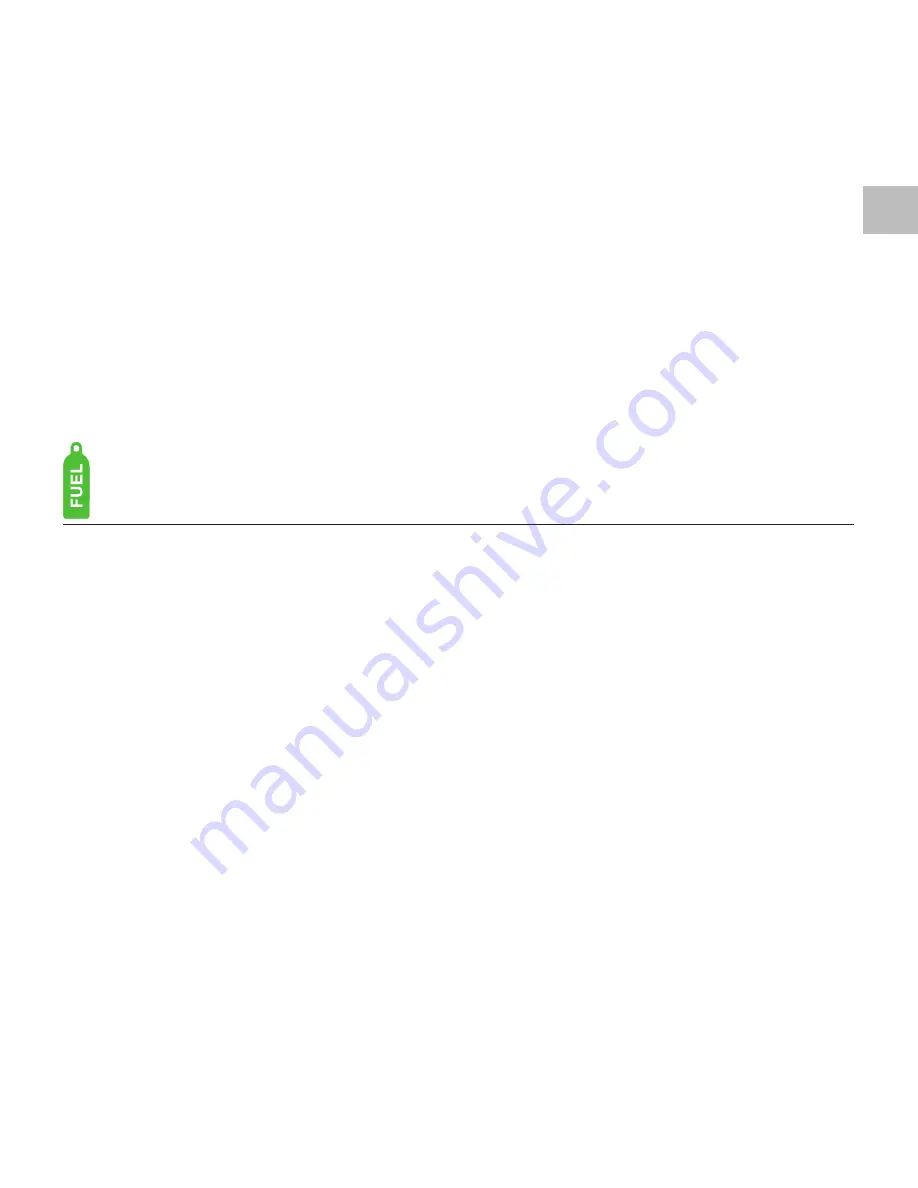
12
KerOSene (ParaFFine)
• Kerosene has a similar energy value as gasoline, but is considerably less hazardous.
• Preheating takes slightly longer with kerosene than with gasoline and is slightly sooty, but
there is not much of a risk of explosion.
• Cleaning the burner is required more often.
• Use kerosene, as it is primarily designed for use in stoves and heaters. We do not advise
the use of lamp oil or fire lighting fluid (charcoal lighter).
• in extreme cold, there is a risk of kerosene solidifying, which makes the stove unusable.
dieSeL
• Diesel is similar to kerosene, but preheating takes longer and it produces even more soot.
• We recommend that you only use diesel as a last option. if you do so, use diesel for cars.
avoid marine diesel entirely.
rOUTine MainTenanCe
1.
ClEaninG tHE JEt
• if you operate the cleaning needle while the stove is burning, the flame may go out. Keep a
match or lighter at hand to relight the stove if necessary.
FigUre [8]
2. CHECKinG tHE o-rinGs
• it is important to ensure that the o-rings of the control valve spindle and the fuel
connector are complete and undamaged in order to avoid fuel leakage.
• Get into the habit of occasionally checking the two o-rings by unscrewing the control
valve and spindle.
• replace the o-rings if you suspect that they are damaged by teasing them out with a tool
such as the blunt end of a sewing needle. never use a sharp or pointed object that can
damage the seal surfaces. fit the new o-rings with care to avoid damaging them.
3. lUBriCatinG tHE PUMP lEatHEr
• lubricate the pump leather using optimus silicone lubricant so the pump will function
correctly. it is particularly important to check this if the stove has not been used for a long
time. the pump leather is located at the far end of the pump rod. this is accessed by
unscrewing the pump rod and pulling out the pump rod entirely from the pipe.
FigUre [15]
lubricate the leather using a small amount of lubricant (butter can be used in an
emergency).
EN
EN
EN
FR
DE
NL
DK
SWE
NO
FI
IT
PL
ES
CZ
PT
RU



































